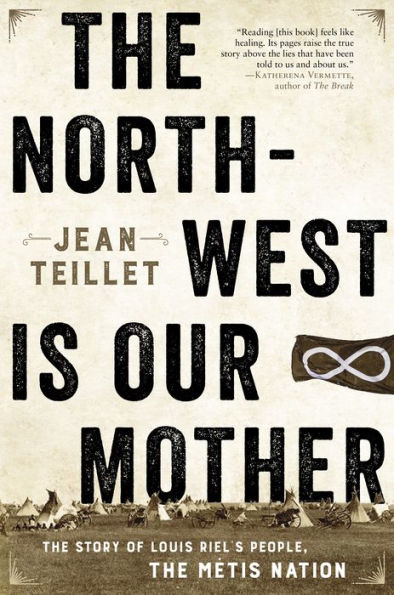Table of Contents
List of Maps xi
Introduction xv
Part 1 The Birth of the Nation
Chapter 1 The Old Wolves 3
Chapter 2 The Voyageurs 10
Chapter 3 The Mothers of the Métis Nation 23
Chapter 4 Going Free 29
Chapter 5 The First National Resistance 37
Chapter 6 Victory at the Frog Plain 63
Part 2 Making the Nation
Chapter 7 After the Merger 83
Chapter 8 The Buffalo Hunters 94
Chapter 9 The Iron Alliance 110
Chapter 10 The Métis Nation Army 115
Chapter 11 The Battle of the Grand Coteau 121
Part 3 No Company's Slave
Chapter 12 The Second National Resistance 129
Chapter 13 Taking the Fight to the Court 149
Part 4 The Red River Resistance
Chapter 14 The Third National Resistance 159
Chapter 15 The Resistance Begins 174
Chapter 16 Bringing in the English Métis 191
Chapter 17 Canada Sneaks into Red River 200
Chapter 18 Fateful Decisions 213
Part 5 Early Life with Canada
Chapter 19 The Reign of Terror 233
Chapter 20 Canada Takes the Land 268
Chapter 21 The Diaspora 291
Part 6 The North-West Resistance
Chapter 22 The Fourth National Resistance 311
Chapter 23 La Guerre Nationale 321
Chapter 24 After Batoche 351
Chapter 25 The Trial of Louis Riel 363
Part 7 Settlement
Chapter 26 Scrip 381
Chapter 27 St. Paul des Métis 397
Chapter 28 The Métis Settlements in Alberta 402
Chapter 29 Rock Bottom 417
Part 8 Renaissance
Chapter 30 The Fifth National Resistance 437
Chapter 31 The Hunt for Justice 459
Chapter 32 Métis Identity 473
Chapter 33 Freedom and Infinity 485
Acknowledgements 487
Notes 489
Bibliography 519
Index 537



